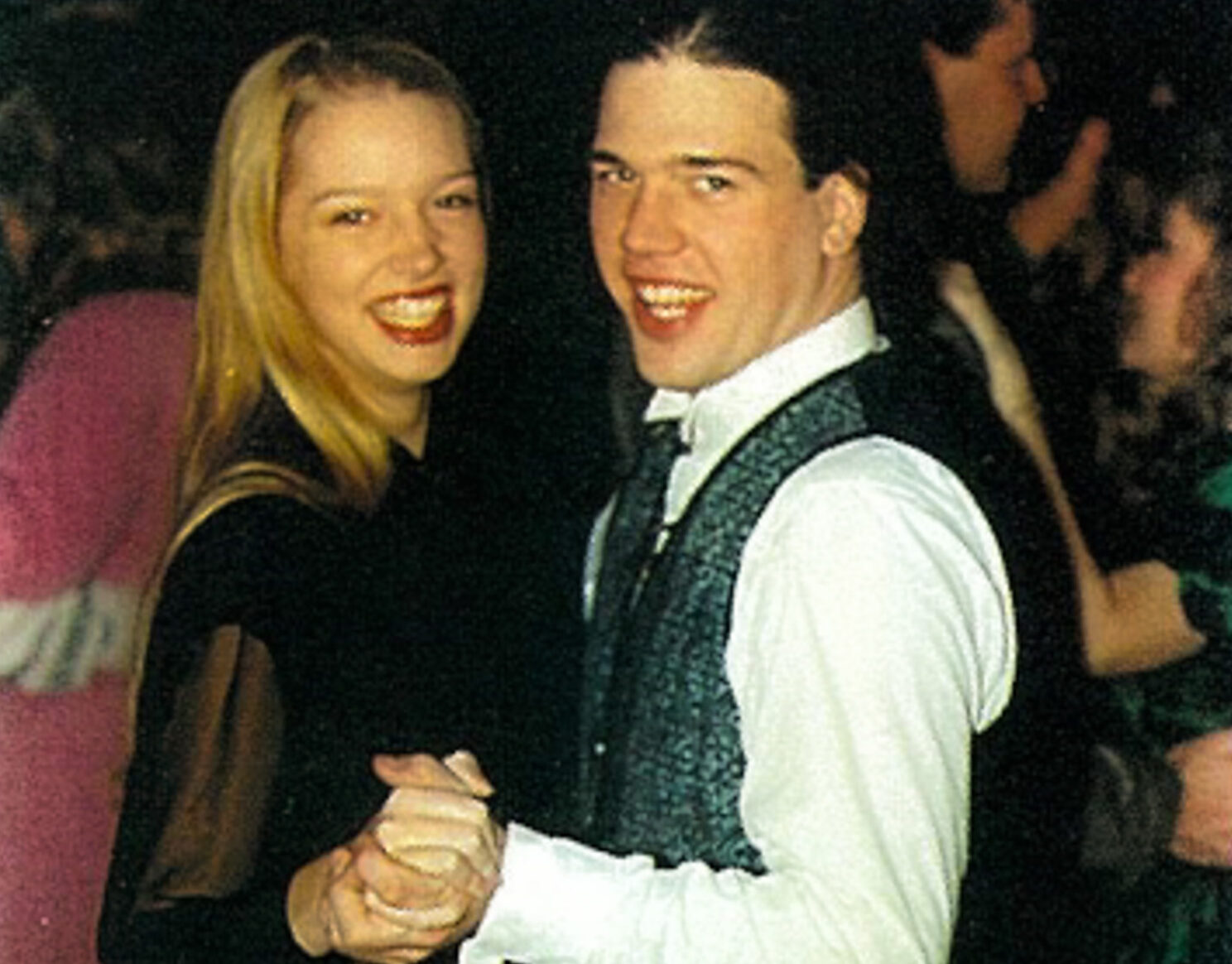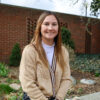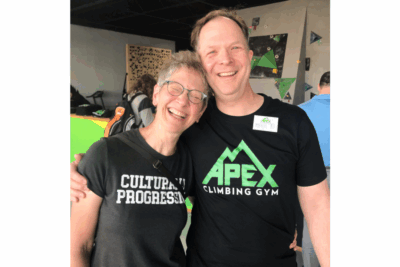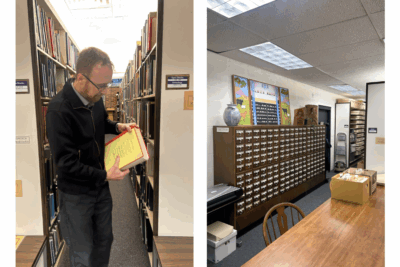I live a short 58 minute drive from Payson High School, in Utah, where the movie Footloose was filmed.
Footloose, which was released in 1984, is about a boy named Ren McCormack, played by Kevin Bacon, who moves to a small midwest town where dancing and rock music have been made illegal.
He spends the rest of the movie trying to convince the town that dancing should be allowed. In the end, a prom is held behind a grain mill, across town lines, and the teens dance the night away.
Imagine my surprise, when I learned that Goshen College had some history that was eerily similar to the plot of this particular movie.
In January of 1978, dancing was not permitted on campus, especially the way we think of dancing today. Historically, the Mennonite Church has opposed dancing. On the Mennonite Church USA website, under the “FAQ About Mennonites” section, it mentions their history with dancing.
“Mennonites participate in the same leisure time activities as other North Americans,” it says. “Some Mennonites may choose not to attend movies or have television in their homes, and some may abstain from smoking, drinking, dancing and gambling.”
Some communities discourage dancing because it can be viewed as a worldly activity that can distract from a focus on faith and simplicity. Although, like many Mennonite views, this can vary from congregation to congregation.
On GC’s campus in 1978, dancing did manifest itself in a few unique ways that were allowed, like interpretive movement classes, and some that were not allowed.
One day, a few students on campus took advantage of a rare snow day caused by a blizzard and wanted to “cut loose.”
According to “When Goshen College Learned to Dance,” a record article from 2014, “a group of almost 200 students gathered in the snack shop [present day Leaf Raker] for ‘spontaneous foot movement.’”
The students behind the dance were found and were expected to present an explanation to the student body at chapel and submit a written apology to The Record. They did neither, and instead agreed to hold a chapel where different viewpoints surrounding dancing on campus could be heard and shared.
After the incident known today as the “Snack Shop Disco,” a number of opinions were shared in The Record that year supporting, and challenging a change in the policy. Dave Bowman wrote an article titled “Don’t ban the boogie,” calling for change.
“Not only would campus sponsored dances provide a better dating atmosphere,” he said, “but it would also provide opportunity for ‘loners’ to mix, in addition to easing tensions between competing cliques.”
But changing the policy was complicated, as GC is a Mennonite institution, and Bowman mentioned this complexity in his article.
“To what degree is Goshen College an extension of the Mennonite Church and its tradition of opposing dance?”
In an article written by Brian Zehr titled “Policy change not worth the cost,” he talked about the issues with trying to enact change, and the balancing act the institution plays with the church, and the views of its students.
“At the present time, the church does not support a change in the dance policy and consensus is impossible,” Zehr said.
Zehr also talks about how the policy wasn’t being enforced equally, which put students and administration in a difficult spot.
“Head residents, resident assistant, and student development personnel are in the dubious position of having to enforce a policy which they may not even support.”
“Each time there is a violation,” he says, “they must decide to either ignore their responsibility or to break up the dance and risk being ostracized by the students.”
Fortunately, eight years later, the college would change their policy around dance, with a “trial dance policy change.” This trial allowed three dances to be sponsored by the Campus Activities Council.
In 1978, you could take classes like creative rhythms, folk games and rhythmic fundamentals.
Today, dancing is found all over campus. In classes like international folk dance, or at campus events, like prom, Kick-Off and International Coffee House. Dancing is now a core part of the college experience for many students.




